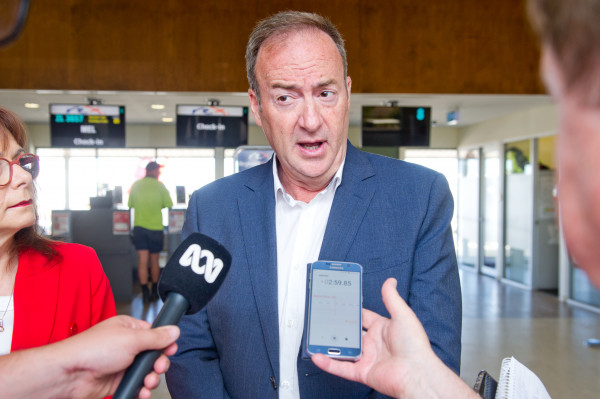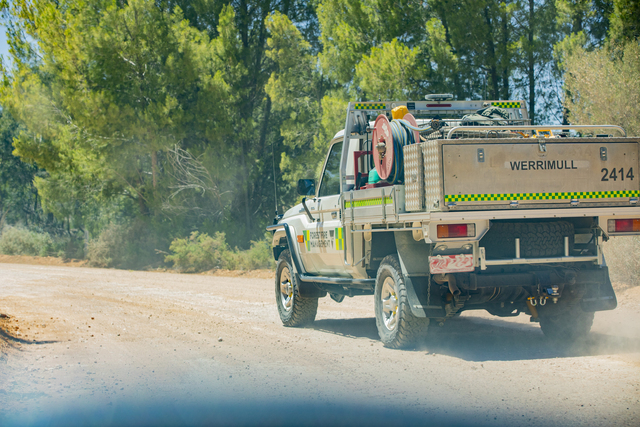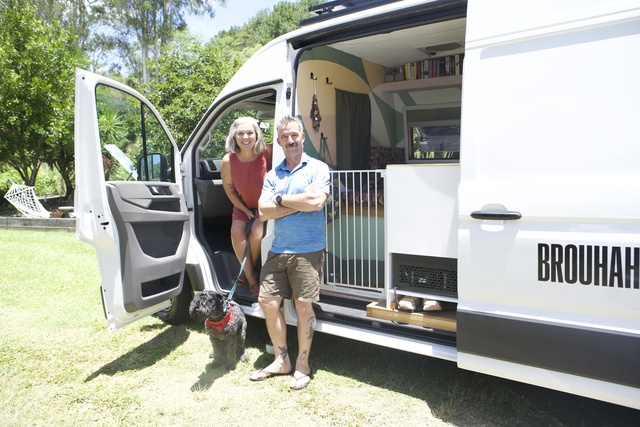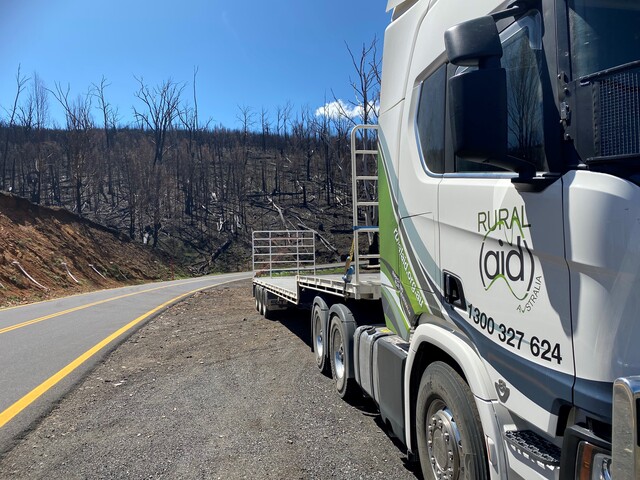MILDURA Airport has conceded it will be “in strife” should there be further outbreaks of COVID-19.
An inquiry into the future of Australia’s aviation sector after COVID-19 has been told the airport could absorb further losses for as little as six months before all cash reserves were depleted.
The inquiry heard the airport’s revenue had been decimated by COVID-19 with passenger throughput of more than 20,000 passengers per month before the pandemic cut to just a few flights per week.
Airport chief executive Trevor Willcock told the inquiry the airport was now at about half the pre-COVID levels of passenger numbers.
“The pandemic has had a devastating effect on us,” Mr Willcock said.
“The airport’s revenue has been decimated as a result of the COVID-19 pandemic, as more than 90 per cent of the airport’s revenue is related to passenger travel.
“The airport has had to absorb continuous losses since the onset of the pandemic, as we have been required to stay open for only a few flights per week.
“We’re required to run the security screening area, maintain compliance and be available for the essential personnel and medical emergency movements.
“In addition to this, most of the government support has been aimed at the airlines and not the airports.”
Mr Willcock said the airport — the largest and busiest in regional Victoria — was wholly owned by Mildura Council and did not qualify for JobKeeper due to the unique ownership model.
He said that as a result the pandemic had forced it to use all operational reserves and was now poised to start using capital reserves just to fund daily operations.
“This is clearly not a sustainable position and the long-term effects of not having capital reserves for future improvements and expansion are far-reaching,” he said.
“We estimate that we will only be able to absorb further operational losses for another six to 12 months before all our cash reserves are depleted.
“By utilising these for operational survival, we’re obviously limiting our expansion possibilities and we’re limiting our ability to keep pace with the region’s demands on the airport.
“It’s certainly going to have an impact further down the road.”
Mr Willcock said the airport was expected to return to only between 50 and 60 per cent of pre-COVID passenger numbers by the end of this year.
“If it stays firm and goes according to plan, we should be OK within 12 months, but if there are further outbreaks and any further issues around this process, I think we would be in strife,” he said.
“Continuous outbreaks of the virus coupled with an uncoordinated state approach to border closures will continue to hinder the recovery of our industry and travellers remain nervous of becoming trapped away from home, with erratic border closures and policies across the different states.”
He said future operations of the airport, including future improvements and expansion, would depend on the level of available supports through the recovery phase.
“At this point in time, we have had no support at all,” he said.
“In the short term, one of the things we’re suggesting is to extend JobKeeper, or something similar, for a further 12 months and allow all airports to participate, regardless of the ownership structure.
“We face the possibility of continuing to lose skilled airport staff due to the uncertainty in our industry, and regions such as Mildura already have difficulty in attracting skilled staff to the area.
“If some sort of JobKeeper — or ‘AviationKeeper’ as I’ve heard it mentioned — came in, it would give us the ability to retain more of those very skilled people … (but) if jobs become scarce then people move off to the bigger centres.”
The inquiry committee recommended that wage subsidies modelled off JobKeeper be continued by the Australian Government to support aviation workers and that local government-owned entities be eligible to apply for wage subsidies or other support programs.








